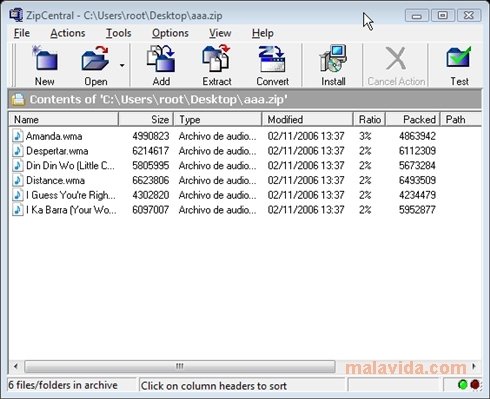


You may temporarily see the hidden space being “borrowed” by the corresponding amount. Also, just after you delete the purgeable space,.However, the system often delays updating the size of the purgeable space by few minutes.ĭuring this delay, you may temporarily see the hidden space being “borrowed” by the equal amount.ĭaisyDisk will automatically refresh (without rescanning) the numbers or hidden and purgeable space after the system updates them globally. When you delete a file or folder and Time Machine is turned on, the system may not delete the files entirely, but move them to the purgeable space,Ĭausing it to grow by the corresponding amount.Usually this space is used by the file system itself. Note that some small amount of hidden space (a few GB) may still remain even after scanning as administrator.And in reverse, some other folders will grow in size correspondingly, and restricted files and folders will become visible here and there on your disk.

The hidden space should disappear, or become significantly smaller by size. This approach is recommended in Apple's official WWDC 2018 video which mentions DaisyDisk as an example (begin at 9:22). DaisyDisk will not read the actual content of your private data, only the metadata (such as name and size). To override your previous choices, you can open System Preferences > Security & Privacy, go to the Privacy tab and add DaisyDisk to the “Full Disk Access” list. In case if you deny the access, the size of hidden space will grow by the corresponding amount, while some folders on the map will appear empty. The system shows you the corresponding dialogs and remembers your choices the first time you scan your disk. Photos, Contacts and other privacy-sensitive folders. macOS Mojave or later: You may see a lot of hidden space if you deny DaisyDisk access to your Calendar,.Space missing due to file system errors.File system overhead (2-3 GB is normal for the startup disk).System stuff, like Spotlight index, document versions, etc.Home folders of other users on the same Mac, if any.still hidden - the ultimate remainder of unaccounted space, usually consists of:.This item may include some invisible system volumes and the volumes you created yourself.

#Explore mac hard drive space occupied free#


 0 kommentar(er)
0 kommentar(er)
